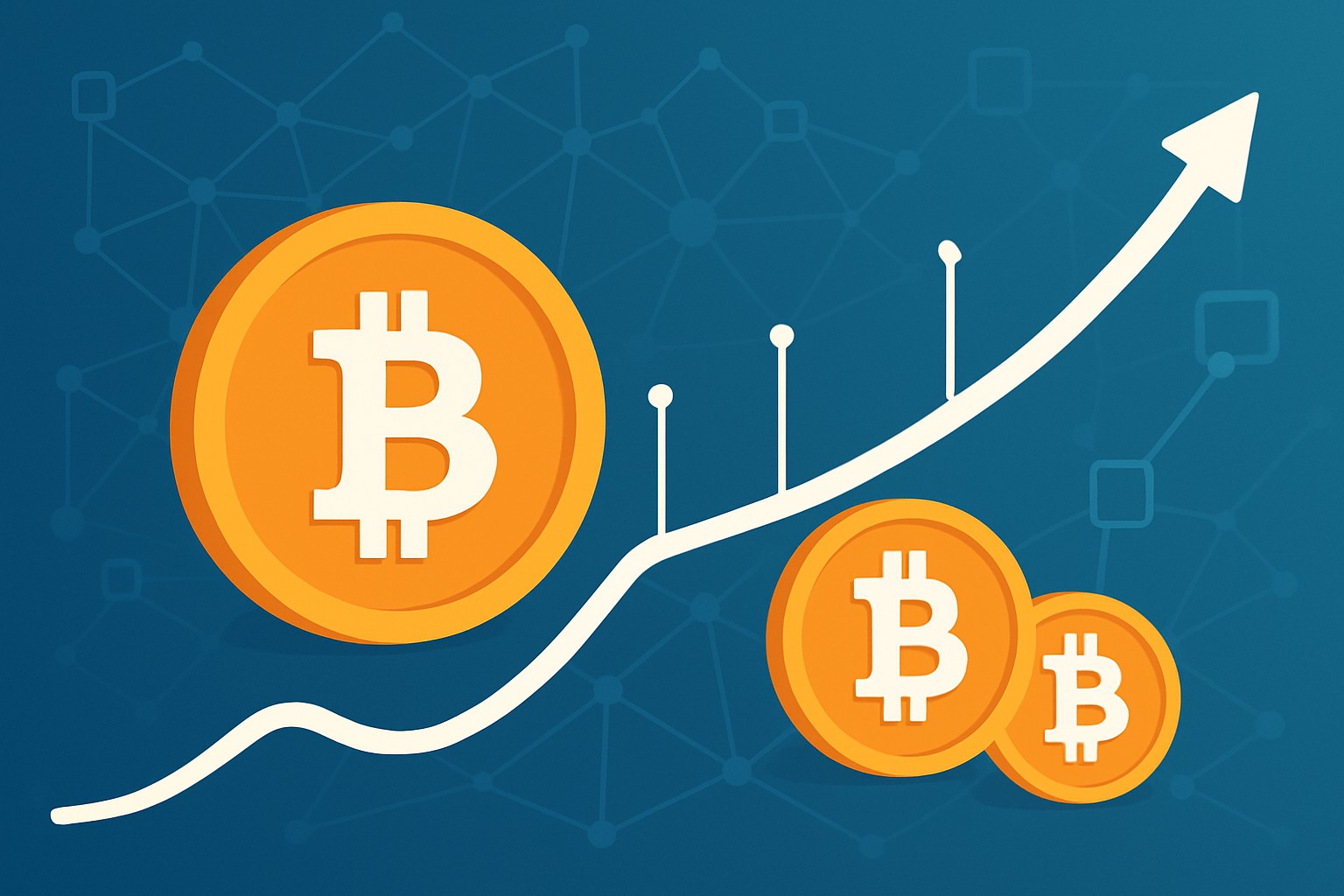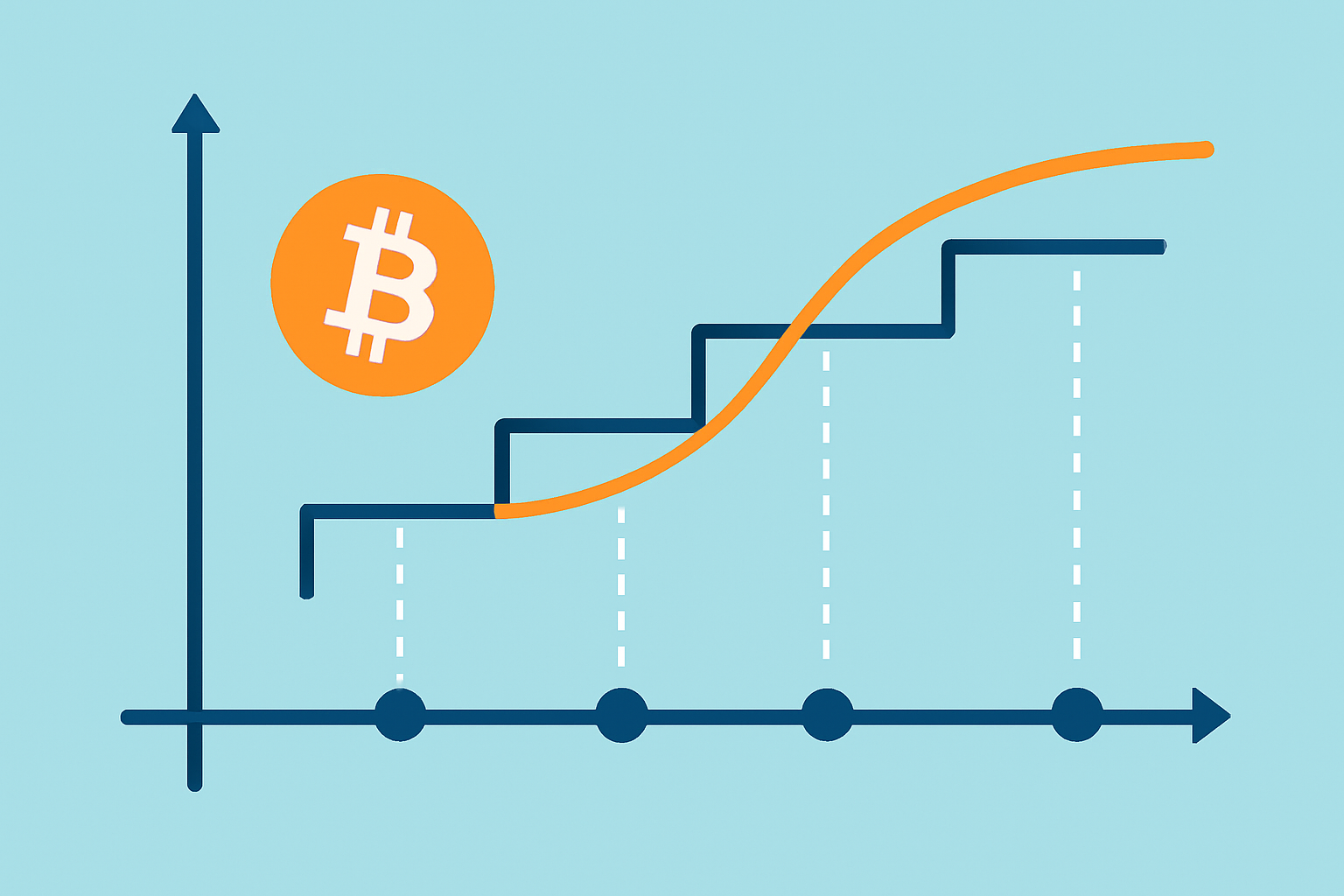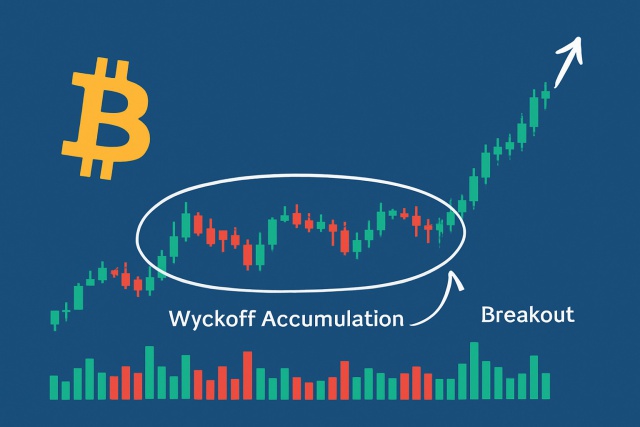Bitcoin Stock-to-Flow Model Explained


The bitcoin stock to flow (S2F) model has really taken off as a go-to way to wrap your head around how scarcity might drive Bitcoin's price. Simply put, it compares how much Bitcoin is already out there (the stock) to how much new Bitcoin gets minted each year (the flow). This article breaks down the Stock-to-Flow concept and why scarcity usually packs a punch when it comes to value. It also explains how the model attempts to predict Bitcoin’s price swings.
Understanding Scarcity as the Real Heartbeat of Value
Scarcity is a simple yet powerful concept. When something is in short supply or hard to find it feels more valuable to us. This truth plays a big role in setting prices and shaping our views on assets whether we’re talking everyday items, precious metals or even money itself.
- Scarcity kicks in when there is less of something available than people want.
- Items that are scarce like gold or land tend to keep their value well because you cannot create more whenever you want.
- When something is in abundant supply, take water in many places for example, its value usually drops.
- Scarcity is at the heart of what gives money its worth. If cash were endless, its buying power would fade away like spilling sand through your fingers.
What Exactly Does the Stock-to-Flow Model Really Mean?
The Stock-to-Flow model measures scarcity by comparing the total existing supply of an asset called the stock to the amount newly produced every year known as the flow. When the stock-to-flow ratio runs high it signals that the asset is relatively scarce compared to how quickly fresh supply hits the market. This pattern often lines up with higher value.
The total amount of an asset currently out there like the total number of Bitcoins mined up to today.
How much new supply is trickling into the market over the course of a year. Think of it as how many new Bitcoins get churned out through mining each year.
Dividing that stock number by the flow. For instance, if you have 18 million Bitcoins sitting around and about 0.9 million more show up annually, your ratio clocks in at 20.
Greater scarcity means it’s tougher to bump up the supply. That usually translates into higher value and a steadier price which is music to any investor’s ears.
You can think of Bitcoin's stock-to-flow ratio like that of a precious metal such as gold. Gold has been mined for thousands of years and has a hefty existing supply. New gold trickles in at a snail's pace each year and results in that famously high stock-to-flow ratio. Bitcoin plays the same game with a capped supply of 21 million coins and a production rate that halves over time.
Wrangling with Stock-to-Flow and How It Fits Bitcoin
Bitcoin’s supply system is pretty much tailor-made for the Stock-to-Flow model. Its total supply is capped, and the amount of new Bitcoin created gets slashed in half roughly every four years. This gradual tightening lowers the flow but boosts the stock-to-flow ratio at the same time.
- Bitcoin has a hard cap of 21 million coins which means the total supply will never creep beyond that magic number.
- New Bitcoins pop into existence through mining where miners verify transactions and earn Bitcoin as a little thank-you reward.
- Roughly every 210,000 blocks a Bitcoin halving event slashes miners' rewards in half and keeps things interesting.
- These halvings usually show up about every four years and slow down how quickly new Bitcoins come into the picture.
- Each halving gives the Stock-to-Flow ratio a boost gradually making Bitcoin even scarcer over time.

How the Stock-to-Flow Model Attempts to Predict Bitcoin's Price (and Why It’s Not Always a Sure Bet)
The Stock-to-Flow model links scarcity to price by examining how assets with higher S2F ratios have generally commanded greater value. When it comes to Bitcoin, this model is commonly used to forecast future prices by estimating how scarcity tends to ramp up after each halving.
- The S2F ratio often tracks pretty closely with Bitcoin’s price jumps after halving events, almost like clockwork.
- Scarcity usually cranks up the value since having a limited supply naturally sparks more demand—everyone wants a slice of Bitcoin, after all.
- This model is more about spotting long-term price trends than nailing those unpredictable short-term wiggles.
- Its forecasts lean heavily on assumptions like steady demand, and they don’t exactly prepare you for surprise market shocks or sudden regulatory curveballs.
"Bitcoin's stock-to-flow model offers a neat lens to grasp how scarcity shapes its value. This scarcity, captured by the ratio of what’s already out there to new production coming in, really helps explain why Bitcoin often behaves like digital gold. It’s like having a treasure chest that only fills up slowly, making each coin feel a bit more special." – PlanB, creator of the S2F model
Criticisms and Limitations of the Bitcoin Stock-to-Flow Model You Should Keep in Mind
The Stock-to-Flow model is quite popular but often paints the market with a broad brush that glosses over how things really shake out. Economists and analysts frequently highlight that focusing only on scarcity misses other key factors like demand swings, technological leaps and market forces working behind the scenes that drive prices.
- The S2F model often misses the mark when demand suddenly shifts and prices follow faster than expected.
- Every now and then market prices wander off from the model's predictions creating a disconnect.
- It leans heavily on historical data that doesn’t always tell the full story about what’s coming next.
- Meanwhile other models try to factor in network effects, practical utility and the bigger economic picture.
- Plus events like regulatory crackdowns or economic upheavals can shake things up in ways scarcity alone can’t cover.
It is worth keeping in mind that the Stock-to-Flow model is not built to forecast short-term price swings or to serve as a foolproof investment guide.
What This Really Means for Bitcoin Investors and Enthusiasts
For Bitcoin holders and traders, the Bitcoin stock to flow model offers a handy way to understand why Bitcoin’s value often climbs as the pace of new supply slows down. It shines a light on those long-term trends that can be easy to miss otherwise.
- Use the model to identify long-term trends instead of focusing on daily price fluctuations.
- Scarcity often plays a key role in Bitcoin's value growth over the years and acts like the secret sauce.
- Avoid relying solely on exact price forecasts from the S2F model as it’s helpful but not a perfect crystal ball.
- Combine the model with technical analysis and an understanding of market sentiment to make smarter and more balanced decisions.
- Always watch out for risks from regulation changes, technology disruptions or market volatility since they can appear unexpectedly.
Frequently Asked Questions
How does Bitcoin's Stock-to-Flow ratio compare to gold?
Bitcoin's Stock-to-Flow (S2F) ratio is built to mirror gold's scarcity which has been valued for ages. Gold boasts a high S2F because it has a massive existing stock and slow steady yearly production. Bitcoin’s supply is capped at 21 million coins and thanks to its predictable halving events its supply growth slows over time pushing the S2F ratio upward with a fair chance it might one day outshine gold’s. Unlike gold whose supply depends on digging up new finds Bitcoin's supply is locked in by math cutting out the guesswork about future discoveries.
Can the Stock-to-Flow model accurately predict Bitcoin's short-term price movements?
Nope, the S2F model isn’t your go-to for short-term price swings. It’s really designed to capture the big picture over the long haul especially looking at scarcity trends that unfold over years and around halving events. Short-term prices can be swayed by all sorts of things like market mood swings, breaking news and hot speculation — stuff the model just doesn’t factor in. So think of it as a handy big-picture tool best used alongside other analysis methods.
What happens to the Stock-to-Flow model after all 21 million Bitcoins are mined?
Once all 21 million Bitcoins have been mined — expected around the year 2140 — the flow of new coins drops to zero sending the S2F ratio into theoretical infinity. At that stage, Bitcoin’s scarcity is locked in tight more like a rare collectible than a regularly minted coin. The model might lose some of its punch by then as other things like real-world use and how widely Bitcoin is adopted will likely take center stage in deciding its value.
Why do critics argue the Stock-to-Flow model is flawed?
Critics often call out the S2F model for oversimplifying Bitcoin’s price story by zooming in solely on supply scarcity while giving short shrift to demand swings, regulatory shifts and the bigger economic picture. After all if demand tanks dramatically just knowing Bitcoin is scarce won’t necessarily keep prices afloat. Plus the model leans heavily on past market trends that may not hold water as the crypto world keeps evolving — so it is not foolproof by any stretch.
How can investors use the Stock-to-Flow model practically?
Investors can lean on the S2F model to get a sense of Bitcoin’s long-term scarcity trends particularly in relation to halving events which often act like a kind of supply brake. It sheds light on why prices often tick upward as new supply slows. That said it’s smart to pair this insight with fundamental analysis like tracking adoption rates and technical indicators to keep risks in check. In my experience putting all your eggs in one basket with just this model isn’t the way to go.
Does the Stock-to-Flow model apply to other cryptocurrencies?
Most cryptocurrencies don’t share Bitcoin’s neat fixed supply cap or its regular predictable issuance schedule so the S2F model isn’t a great fit for them. Take Ethereum for instance — its supply isn’t capped and many altcoins follow inflationary policies that vary a lot. The model shines brightest when applied to assets with clearly defined scarcity like Bitcoin where supply growth is crystal clear and strictly limited.
Start Your Crypto Journey with Coinbase Today
Ready to enter the cryptocurrency market but unsure where to begin? Coinbase makes buying, selling, and storing digital assets simple and secure for beginners and experts alike.








